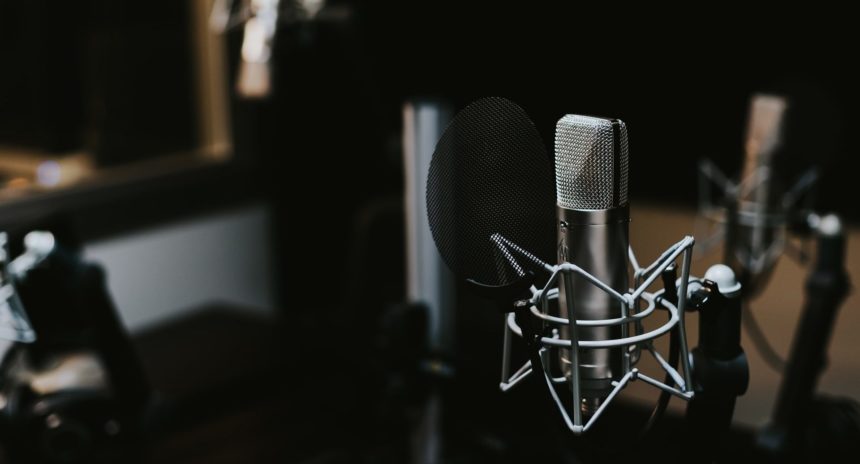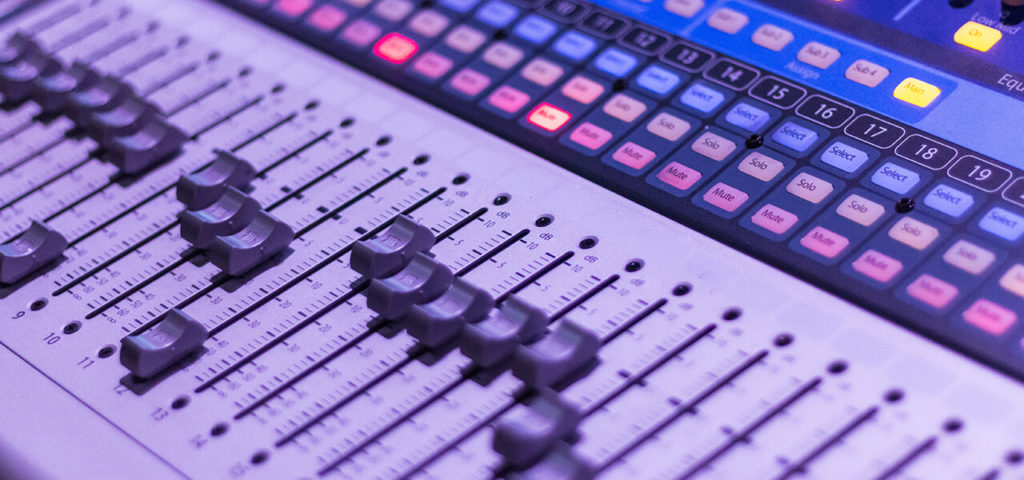M+E Daily

Remote ADR: Best Practices for Success
Story Highlights
The pandemic has necessitated a previously unthinkable shift to remote working across the film and TV industry, leaving almost no aspect of the production process untouched. In the case of remote automated dialogue replacement (ADR), the past 12 months have presented significant challenges in selecting the right recording platform, facilitating collaboration and reducing latency.
It’s been a steep learning curve, but over time the industry has adapted.
ADR is a useful tool when the sound in your production isn’t quite right. From fixing inaudible dialogue to capturing a better performance or a newly scripted line, ADR can be a lifesaver. Here are some best practices for producing a remote ADR recording clearly, simply and cost effectively.
Real-time collaboration: Capturing remote ADR for principal actors requires collaboration — ADR directors, dialect coaches, sound engineers, note takers and others all need to be connected in real-time and able to work creatively as if they were there in the studio with the actor.
Look for a solution where no third-party collaboration tools are required.
For walla groups, whose job is to create the crowd sounds and overall atmosphere behind the main dialogue, working remotely can be challenging. However, with a remote recording platform like ZOO’s, unlimited actors can perform as part of the same session — all from different locations in real-time — to record walla effectively.
 Keep it simple: An actor’s job is to act, and a director’s is to direct. Realistically, asking them to double up as sound engineers and IT technicians isn’t going to be fruitful. For an actor to get into character and deliver a great performance, they need a hands-off technical solution. There are now a variety of options available, including pay-by-the-hour virtual ADR stages or full-service remote ADR.
Keep it simple: An actor’s job is to act, and a director’s is to direct. Realistically, asking them to double up as sound engineers and IT technicians isn’t going to be fruitful. For an actor to get into character and deliver a great performance, they need a hands-off technical solution. There are now a variety of options available, including pay-by-the-hour virtual ADR stages or full-service remote ADR.
Look for a plug-and-play recording platform that’s simple to use but powerful under the hood—one that can analyse the recording environment and test reverb, background noise and volume. Thoroughly testing and validating these before recording can help avoid re-record delays or quality issues later down the line.
Make security a top priority: Security should be a top consideration when recording ADR remotely, especially when it comes to pre-released content. No one wants their season finale secrets ending up on an online forum.
With the cloud security tools available today, remote ADR is as secure as any brick-and-mortar facility. Security measures such as multi-factor authentication, watermarking, 256-bit encryption and secure video streaming ensure that content stays in the right hands.
Select the right mics: We’ve all heard about actors needing to capture a final couple of lines by any means necessary — on a smartphone in the airport or in a hotel closet on a laptop. Nowadays, everyone has access to a microphone through their smartphone or laptop.
However, this is a world away from professional remote ADR services. These services use the microphones that mirror those used on set to achieve the most authentic ADR recordings possible and give the audience a seamless experience of the final audio. All remote ADR services should ensure access to this calibre of microphone.
Strive to reduce latency: “Oh sorry, there’s a delay.” How many times have we all heard this phrase in the last year? Latency — the delay between audio going into the actor’s computer and sound coming out at the other end — is the thorniest challenge in remote ADR recording. Latency can be minimised by connecting to the internet using an ethernet cable or ensuring the Wi-Fi connection is strong. It also helps to turn off unnecessary background processes on the laptop.
The best course of action, however, is to select a software solution — like ZOO’s secure virtual ADR stage — with remote recording technology specifically designed to remove latency.
What’s next for remote ADR?
As production begins to ramp up, physical studios will likely struggle with capacity when on-hold productions resume. The availability of remote ADR will help keep production schedules on track by providing much-needed extra capacity.
Additionally, actors, directors and studios are all seeing the benefits in terms of convenience and production efficiencies. Actors can record on-location immediately after they’ve come off set while they’re still in character — or months after the production has wrapped, when they’ve moved onto a new production, perhaps on the other side of the world. With remote ADR, it’s simple to jump back onto a production and deliver those last lines needed to complete the content. Remote ADR — which felt foreign and daunting just 12 months ago — is here to stay.
By Tony Ferkranus, VP Sales, The Americas, ZOO Digital









